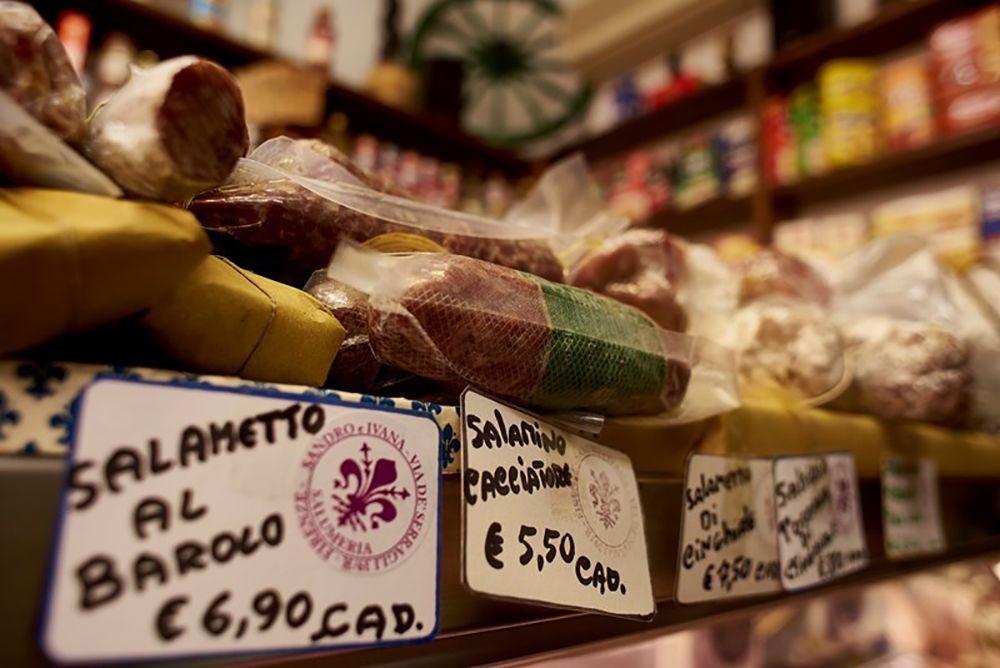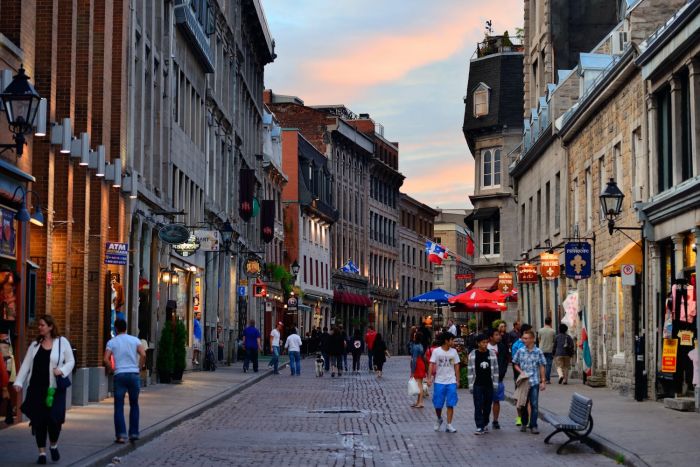
There is so much to see in Florence that will leave you hungry for more than just the incredible history and art: you’ll find some of Italy’s best cuisines. Florence, in the heart of Tuscany, has a number of iconic meals, sometimes presented as if they were Renaissance classics. These meals vary from the hearty bistecca florentina (also know as florentine steak) to savory panzanella (a refreshing salad). Both of these go well with some aged cheese and good conversation. Keep on reading to discover five Florence food dishes that will make you hungry to return Florence even after you’ve seen all the art!
Bistecca Fiorentina
Calling all meat eaters, this dish is for you! This is the holy grail of meat that is prized in Florence because it can only be found in Tuscany. This type of cow is called a Chianina. In restaurants, the steaks themselves are priced by weight and tend to be rather huge, so it’s often possible to split between a group or a couple. Fiorentina is always served on the bone, and these steaks are grilled over a fire until perfectly cooked, which means they are still pink inside. If you don’t like rare meat, it’s best not to try this dish. These wonderful steaks are extremely flavorful and will have you remembering Florence as the city where you ate the best steak in your life. Who knew?!
Lampredotto
Nothing says Florence like lampredotto, or cow stomach. Lampredotto is Florence’s version of street food, and is usually served as a panino between two pieces of crusty bread accented with salsa verde, a parsley-based green sauce. If that doesn’t sound immediately appealing, know that in Florence, lampredotto is simmered for hours so that it comes infused with flavor. It’s a hearty and healthy lunch that dates back to the Renaissance. Find a lampredottai on a street corner and order it like the local Florentines, or eat it at a restaurant where it is served with plenty of bread for soaking up the sauce. You’ll also find it a part of the menu on Eating Florence’s Food Tours, a tasty introduction to Florence cuisine and culture!

Tagliere
To try all the local cheese and meats that you can, sit down for a glass of Tuscan wine like Chianti Classico and order a tagliere at just about any local enoteca. Tagliere literally means “cutting board,” and that’s because a cutting board is usually on which this appetizer is served, with all the meats and cheeses arranged artfully on top. The tagliere is also a great dish to try in Florence at several different places because each will have its favorite cheeses and cured meats that it serves, so you’ll be able to taste a wide variety in a short time. Particularly Florentine additions to the tagliere are lardo di colonnata (cured strips of pork fat) and crostini with liver pâté, or fegato.
Pici Pasta
A specialty of the Tuscan countryside, pici is a thick and hearty type of pasta made with flour instead of semolina. The noodles are typically hand rolled and resemble a kind of inflated spaghetti. As for what you put on your pici, the most simple tomato sauce will often do and will bring out the taste of both the pasta and the sauce perfectly. Though of course, pici can be topped with anything, such as a hearty ragu made with game like wild boar: just another specialty of Tuscany!
Panzanella
Panzanella is a bread salad that is the answer to Italy’s summer heat. It is filling, fresh and cool and can be made with freash seasonal vegetables. In the summer, that means tomatoes. Old bread is the basis for this dish, and is one of the reasons why it has remained a Tuscan favorite through the centuries. Most restaurants serve their own version of panzanella. The wintertime equivalent of panzanella is a soup called ribollita, which is also served with old bread, and is served thick with cannellini beans and kale.














